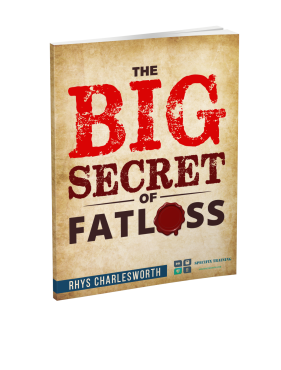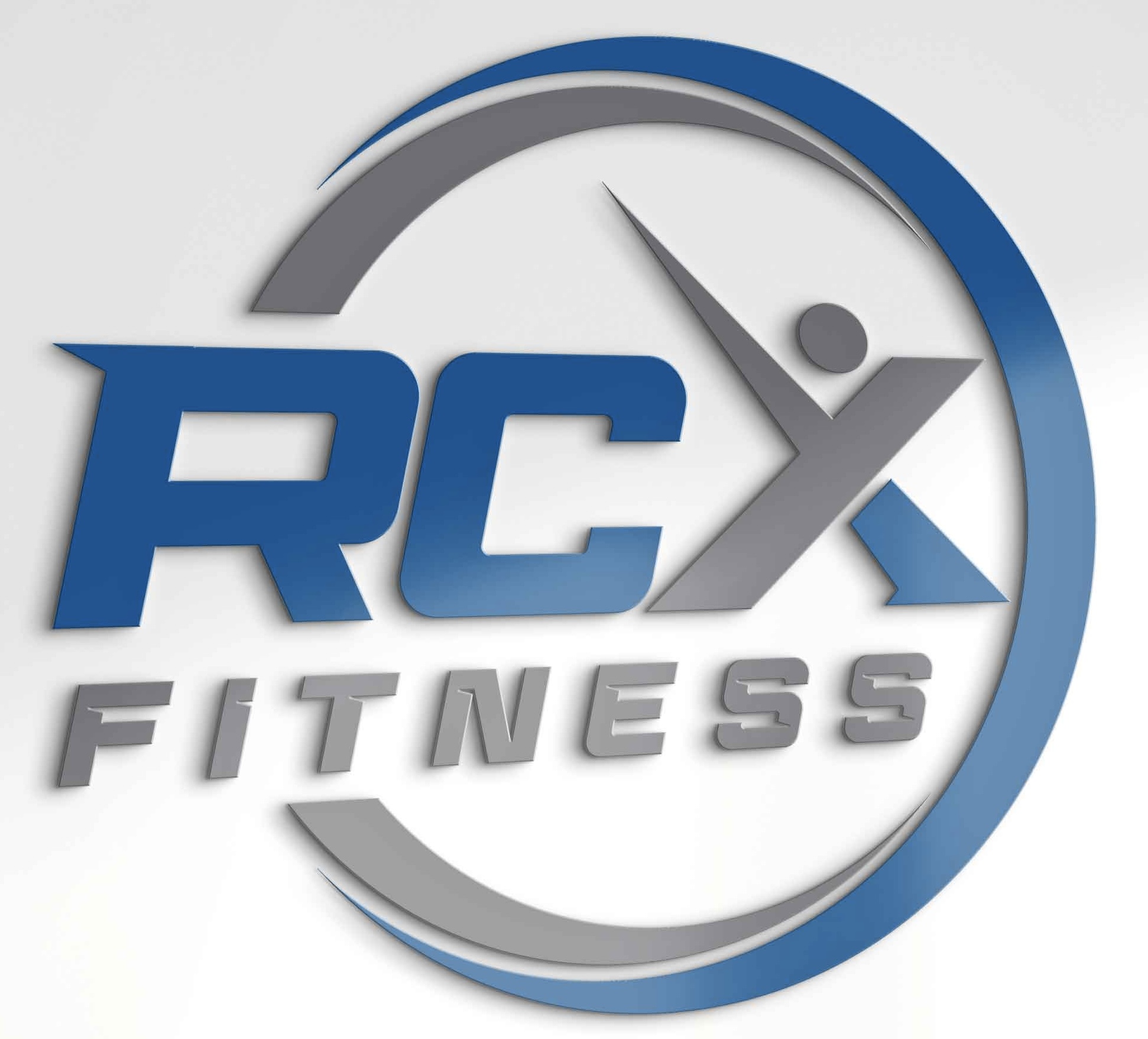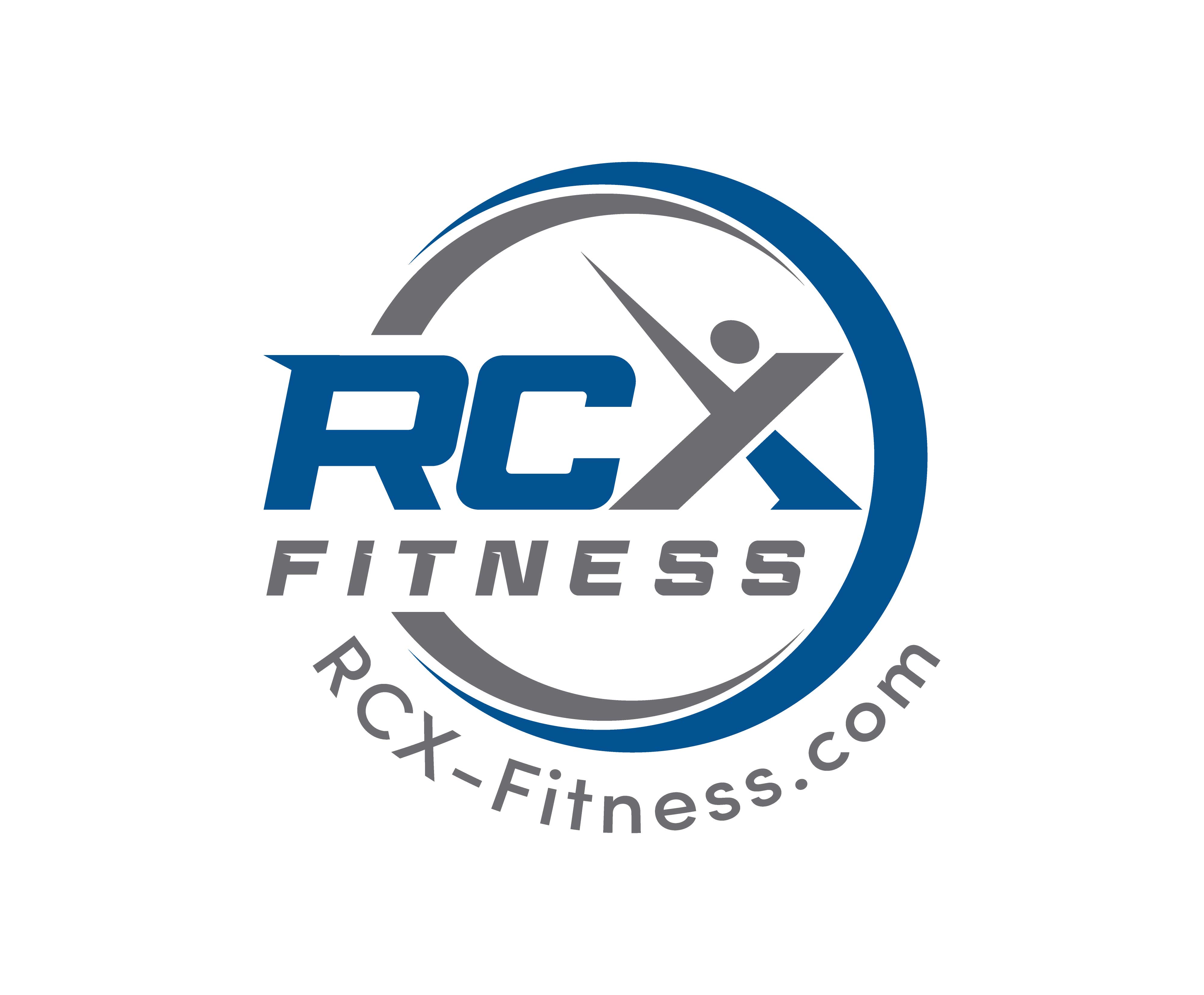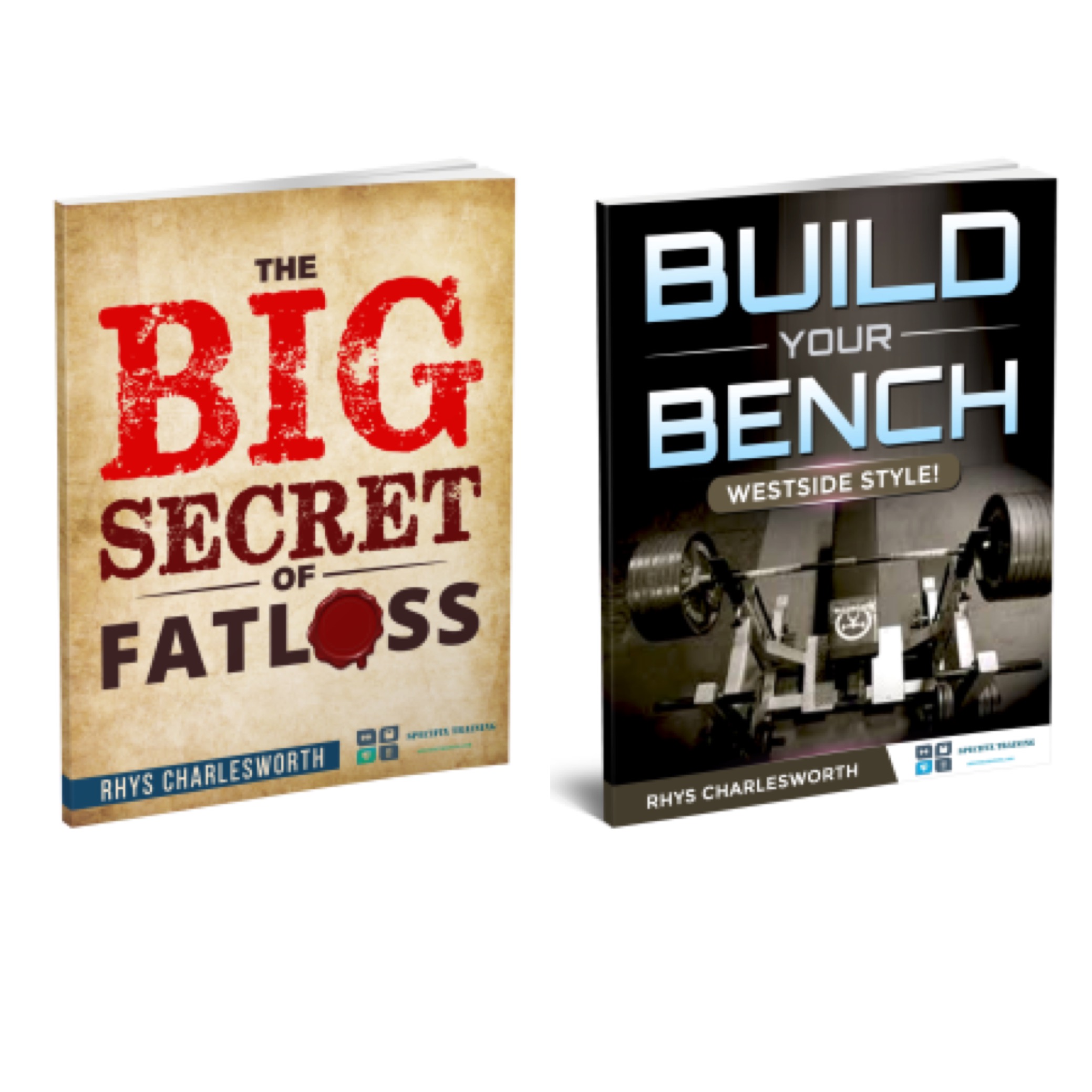The 10 Commandments of Fat Loss: Part 1
Having some guidelines to follow makes things much simpler.
Kind of like having instructions when building a flat pack wardrobe. It can make the task a lot more straight forward.
If you use the google machine and type in ‘How to lose weight’ you will get hundreds of thousands of results in 0.2 seconds. Each one will give you various answers, some similar, some contradicting.
But what do you do with all this info? What do you do? How do you do it?
It’s a minefield isn’t it, having to decipher the info you find to piece together some direction of what to do.
You may be motivated to make a change but you haven’t a clue where to start.
Your Normal
Yes, your totally normal. Most people have doubt sand uncertainties on where to start with dieting and how to keep it going.
What I wanted to do was write out a list of 10 things, or commandments for you to follow to make dieting easy.
I have split this into 2 parts as I want to keep things quick and short so you can digest the info more easily.
So here is part 1 of the ‘Ten Commandants of Fat Loss’
#1 Maintain A Calorie Deficit
This is THE number one commandment to abide by. The ONLY way to lose weight is to have a Calorie deficit. You could eat literally anything you wanted and still lose weight. THIS man lost 27lbs by eating just twinkies! Is that healthy? Hell no. But it demonstrates how important it is to take note of the calories you eat.
You want to lose weight? You need to be in a calorie deficit. Here’s a simple way of finding your own calorie deficit.
First, you need to find your bodyweight in pounds. There’s 14lbs in a stone, and 2.2lbs in 1 kg. So if you’re working in Kilograms just multiply your weight in KGs by 2.2 and you will get your weight in pounds.
Now all you need to do multiply your body weight by 10-12 and whatever number you get is how many Calories you should eat daily.
If you are relatively lean, you should use 12, if you are quite overweight then it would be wise to use 10.
So let’s say I weigh 180lbs the equation would be something like this: 180 X 12 =2160Kcal. This means I would need 2160 Calories daily to maintain a healthy and sustainable Calorie deficit.
Remember this isn’t set in stone, so monitor your body weight over a two-week period. If you have gained weight or stayed the same then you will need to lower the Calories by approximately 300-500Kcal. If you have lost anything from 0.5-2lbs then don’t do a damned thing because you’re smashing it!
#2 Eat Your Protein
Most people don’t eat enough protein. Our body needs protein in order for it to function, repair and grow.
This means that regardless of the type of exercise you are participating in consuming protein will be highly beneficial as it will mean you will repair your muscles from the micro damage done to them when you trained.
This is its primary function.

Take my Online Coaching Client Matt for example.
He would always hit his protein goals! Not only did it help build the body he has now but helped him maintain his muscle mass whilst dropping the stubborn bodyfat he had around his midsection to bring out his abs.
Making sure He has eaten enough protein has done 2 things:
1. Enabled him to grow and gain strength
2. Helped prevent Muscle loss during fat loss which is a key element of improving body composition.
Protein itself has 2 main functions. We have established that it is responsible for repairing your muscles after you have done a ‘sick workout brah’.
Its other function is energy. That’s right, you can use protein as an energy source much in the same way that fat is an energy source. It is processed in a similar way and requires an aerobic pathway to create energy. This is just fancy for saying it need oxygen to be processed into energy.
You see all those stories you heard about excess protein being ‘disposed of’ (wee or pooped out) are all lies. Protein has a Calorific value, and just like any other calorie, if you eat too many of them and go over your maintenance Calories you will gain weight.
#3 Strength Train 2-3 x Weekly
Strength training can be a lethal weapon at your disposal when you are after fatloss. Not only does it burn a metric ton of calories, it will also increase your metabolic rate. Which simply means you will burn MORE calories at rest. This coupled with an increase in strength I think that’s a win-win kind of situation right!?
Strength training doesn’t mean you need to become jacked and bench press cars and deadlift buildings (although that is a provocative thought!) It can be a simple training program such as 3 or 4 sets of Squats for 10-12 repetitions, then 3 sets of 8-10 repetitions of a pullup/pulldown and into s the same for the bench press and 3 sets of 1 minute Planks.
Creating a strength training program can be very simple. Usually 3-5 exercises each day using repetitions between 6-12 and 3-4 sets of each one is a great place to start. Just use larger multi joint movements such as deadlifts over small muscle single joint exercises such as bicep curls.
You can split your body in many different ways: Here are a few common ones I program for my clients.
- 1 day weekly – Whole body
- 2 days weekly – 1x Upper body, 1x lower body
- 3 days weekly – 1x Upper body, 1x lower body, 1x whole body
- 4 days weekly – 1x Upper body, 1x lower body, 1x Upper body, 1x lower body
- 5 days weekly – 1x Upper body, 1x lower body, 1x Upper body, 1x lower body, 1x whole body
These are just guidelines. I’m not saying you MUST do this split but it does work. Really you need to look at what suits you, Maybe you want to do a different body part every day you train it really doesn’t matter too much as long as your getting it is.
#4 Fuck The Scales
No, seriously fuck ‘em!
All they do is tell lies. I know this sounds like something someone would say to excuse the fact they have gained 4 lbs in 4 days. In reality this can happen.
Think to yourself, have you ever been on vacation and come back 5lbs heavier in just 7 days? I know I have In fact I believe my personal record is 10lbs in a week!
I know that sounds like a lot, and you’ll probably starting looking at the scales and think to yourself ‘how have a got so fat in such a short period of time????’. Let me tell you a secret.
You haven’t!
It is near on impossible to gain that much body fat in such a short period of time. Your body just can’t do that.
So why Have you gained so much weight? It really a combination of 3 things.
- Your carrying excess glycogen. This basically is the energy your body uses to fuel exercise. It is usually more prominent on people who don’t eat a lot of carbohydrates in their diet in general, and have probably had a few slices of pizza and sushi on their trip.
- Your body will react differently in different climates and one reaction is that is carries more water. This can happen because of the extra glycogen you now have due to pizza! Also it tends to hold water if you aren’t drink enough too. So make sure your drinking plenty.
- You may just have a bit more undigested food in your stomach than usual. Remember all the scales show is weight, not fat.
The good news is that as soon as you get your nutrition back on track those extra pounds you came back with will some take a vacation of their own.
My point is, that the scales are a tool used to monitor your weight of a period of time. Not 1 day, or 1 week and not even a month but rather a series of months. Check your body weight and track it as often as you can and if after 2 weeks or so it has stayed the same or gone up, its time to re-evaluate your nutrition. Sometimes doing all this on your own can be challenging, if only I knew a coach who could help with this process, hmmm?!
#5 Have Patience
This is a biggie!
Everyone is looking for that quick fix. That magic pill or celebrity detox juice paleo diet.
It just doesn’t exist. If they was something that could ‘melt 5lbs of belly in 5 days’ trust me when I say I would be on that like a shot!
Be honest now. How often do you find yourself looking for a quick way of losing a few pounds in a week? Weekly? Once a month? Every day?
Now think about this. If you spent 6 months looking for this easy quick fix latest trend doodad to only lose 2 lbs and spend a crap load of your hard-earned cash. In that 6-month period you could have lost anything between 12lbs and 24lbs!
Now think how long you’ve been looking for that quick fix for and how many lbs of body fat could you have lost in that time?
Things take time. Just be patient and persevere. It is a key part to an effective fat loss strategy.
So That’s Part 1 done!
5 super important things you should be doing if you are looking to drop off that stubborn belly fat.
Look Out for Part 2 in the coming weeks. But first make sure you get to grips with these, remember things take time. These all the steps I follow when I put together fat loss programs for my Online Coaching clients.
If You are unsure of the best way to approach fat loss then check out my online coaching options or just drop me an email Rhys@Specifixtraining.com
Thanks
-Rhys
Want To Know the Secret of Fat Loss?

Get Your Exclusive strength and Fat loss Manuals FREE
‘The Big Secret In Fatloss‘
Drop your details below and I will send them over ASAP!






